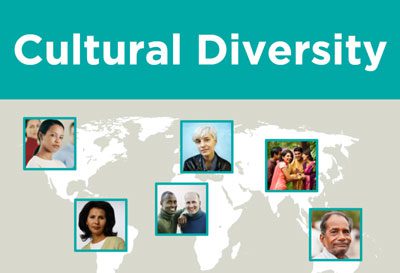Older people who identify as LGBTQ are at an intersection of geriatric care and LGBTQ health needs. This population is less likely to receive regular health benefits, as only 22% of LGBTQ older adults can be open about their identity with their caregivers. They are unlikely to disclose their identity because, in their experience, survival depends on staying hidden. Many older LGBTQ people likely experienced a time when government and private employers fired LGBTQ-identifying staff and society labeled them as criminals and mentally ill. While the negative stigma has lessened, it has disrupted family relations, income earnings, and retirement.
According to National Projects at Services and Advocacy for LGBTQ Elders (SAGE), there is ample evidence there is still discrimination in healthcare services. If providers want to improve resident experience, they will need to go the extra mile to help older people who identify as LGBTQ feel more comfortable sharing health information.
What You Can Do
Service providers can reduce the risk of behavioral and physical health disorders in this population by spending time understanding the experiences of an older LGBTQ person. However, using best practices does not necessarily consider the needs and wants of residents who identify as LGBTQ. Treating everyone the same can overlook the specific challenges that older LGBTQ persons face.
Challenge A
LGBTQ older adults are twice as likely to live alone and four times less likely to have children. Providers need to acknowledge that older adults who are LGBTQ may have non-traditional care structures that are not nuclear family models. Providers and caregivers could ask,
“Who are the important people in your life?”
Instead of, “Are you married?” to understand their support network and who needs to be included. This LGBT Aging Center guide includes adjustments providers can incorporate into existing practices to make centers more welcoming.
Challenge B
LGBTQ older adults are less likely than heterosexual and non-transgender older adults to use aging network service and providers due to fear of discrimination. Service providers can hold LGBTQ-specific programming to help build understanding for all clients.
The LGBT Aging Center recommends holding a movie night with structured discussion after the showing and partnering with LGBTQ-friendly organizations to prepare to address statements and questions. This guide provides step-by-step instructions and several movie options for different audiences.
Here are a few other specific adjustments that could help improve all residents’ experiences:
- Recognize it is very likely that you have older adult residents who identify as LGBTQ.
- Promote robust statements about commitment to equity and welcoming environment in visible areas. The statements should explicitly include the LGBTQ community.
- Get excited about cultural diversity and competency training, because staff who are trained in caring for LGBTQ older adults are equipped to provide better care for everyone.
There are approximately 3 million people who are 55 and older and identify as LGBTQ. Almost a quarter of this population have been denied healthcare or received inferior healthcare. This statistic does not include that LGBTQ older adults have intersecting identities in race, ethnicity, and culture, which may also affect health outcomes. Culturally competent and inclusive service providers can help make a positive difference in millions of lives.

Course Preview: Cultural Diversity
Want to learn more about how to provide culturally competent services to everyone at your organization? Watch a course preview on cultural diversity from Relias.
Watch the course preview →





